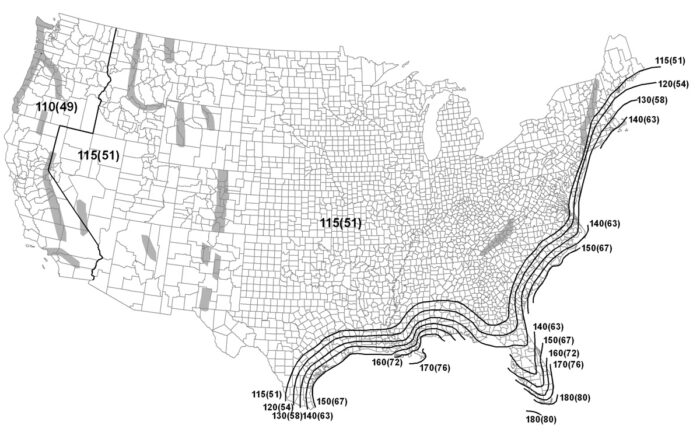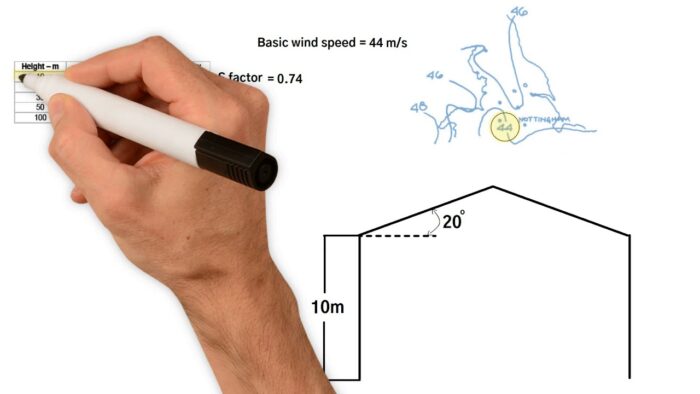
Wind load calculations are a pivotal aspect of structural engineering, where accuracy and efficiency can significantly impact the safety and sustainability of structures.
Here are eight detailed tips to refine your approach to wind load calculations!
1. Embrace Technology
Utilize the latest computational tools and software designed for wind load analysis. These technologies not only expedite the calculation process but also enhance accuracy through advanced algorithms. Regularly update your software to leverage the latest features and ensure you are using the most efficient methods available.
2. Accurate Data Collection
The foundation of reliable wind load calculations is precise data. As a wind calculations engineer, it is imperative to include exact measurements of the structure’s dimensions, understand the materials used, and have detailed topographical and climatological data of the site. Regularly calibrating instruments used for data collection is also essential to ensure accuracy in these complex calculations.

3. Understand Local Weather Patterns
Analyzing local weather patterns and historical wind data provides a more contextual basis for your calculations. This understanding can help predict extreme weather conditions your structure may face. Use local meteorological resources and historical data to understand seasonal variations and potential extreme weather events. This insight is crucial for designing structures that are resilient in the specific climatic conditions they will encounter.
4. Factor in Structure Shape and Size
The geometry of a structure greatly influences how limitations affect it. Understand how different shapes and sizes alter wind flow and pressure distribution. For instance, tall buildings may experience different wind loads at different heights, while complex shapes may create unique pressure zones.
5. Account for Surrounding Topography
The local topography, such as hills, valleys, or neighboring structures, can significantly alter wind patterns around your structure. Use detailed topographical maps and consider conducting wind tunnel tests or computational fluid dynamics (CFD) simulations to understand these effects better. This consideration is especially important for structures in hilly or densely built-up areas.

6. Keep Up with Building Codes and Standards
Regularly review and adhere to the latest building codes and standards. These regulations are updated to reflect the latest research and safety practices. Staying compliant not only ensures legal adherence but also embeds a level of safety and quality in your designs.
7. Consider Dynamic Effects
Due to their frequent changes in direction and speed, wind loads are by nature dynamic. Include in your calculations the possible fluctuation throughout the structure’s lifetime. Comprehending probabilistic models and their relevance to forecasts is necessary for this methodology. Dynamic analysis has the potential to greatly increase a structure’s resistance to changing wind conditions.
8. Continuous Learning and Training
The field of analysis is continuously evolving. Engage in ongoing education and professional development to stay abreast of new theories, practices, and regulations. Participate in workshops, online courses, and professional networks. Continuous learning ensures that your skills and knowledge remain current and effective.

Conclusion
Mastering wind load calculations is a blend of technical expertise, continuous learning, and attention to detail. By integrating these eight tips into your practice, you can enhance the accuracy, efficiency, and reliability of your wind load calculations.
This not only ensures the safety and durability of the structures you design but also positions you as a knowledgeable and skilled professional in the field of structural engineering.








